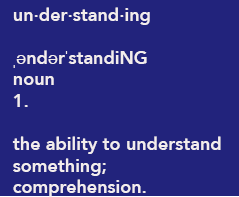To transform the data into usable knowledge that we can act upon, we need to analyze it using appropriate models, statistics, and data mining techniques. Once we make sense of the data or our findings, we need to communicate them.
Visualizing our results helps our audience to understand the data more clearly by showing where obvious correlations, relationships, outliers, or patterns exist. This is done by simplifying a data set into visual language.
I recently gave a talk about the subject of data visualization to the New York Chapter of the American Association for Public Opinion Research (NYAAPOR) at the New York Times.
Here are some key takeaways from the lecture in relation to helping our audience understand what we are trying to communicate with data visualizations:
- Lead your audience through your visualization. Show and explain the key insights.
- Highlight and show your audience what is important. Don’t just assume they will notice or pick up on it.
- Include a single takeaway for each visualization.
- Consider the prior knowledge of your audience. Build on it to help them integrate their new findings and insights.
- Don’t overload your audience with information, and consider the limited capacity of working memory.
Data visualizations allow us to ask questions, explore uncharted territory, and return with insight. Artfully create your data visualizations, and take the time to explain and demonstrate them to your audience.
Learn about other reasons for using data visualization.
Kristen Sosulski is an Associate Professor of Information Systems and Director of Education for the W.R. Berkley Innovation Lab at NYU Stern School of Business
